black iron gas feed for stove
mclemens
12 years ago
Related Stories
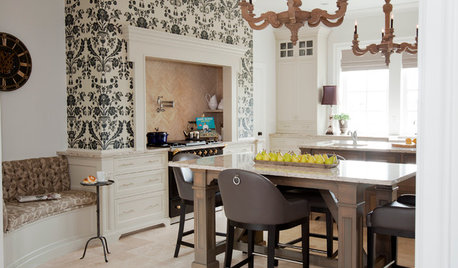
KITCHEN DESIGNKitchen of the Week: Updated French Country Style Centered on a Stove
What to do when you've got a beautiful Lacanche range? Make it the star of your kitchen renovation, for starters
Full Story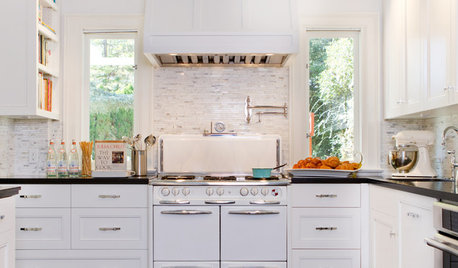
VINTAGE STYLERevel in Retro With Vintage and New Kitchen Appliances
Give your kitchen old-fashioned charm with refrigerators and stoves that recall yesteryear — even if they were made just yesterday
Full Story
KITCHEN DESIGNWhat to Know When Choosing a Range Hood
Find out the types of kitchen range hoods available and the options for customized units
Full Story
LIVING ROOMSHow to Convert Your Wood-Burning Fireplace
Learn about inserts and other options for switching your fireplace from wood to gas or electric
Full Story
KITCHEN APPLIANCESFind the Right Cooktop for Your Kitchen
For a kitchen setup with sizzle, deciding between gas and electric is only the first hurdle. This guide can help
Full Story
TASTEMAKERSPro Chefs Dish on Kitchens: Michael Symon Shares His Tastes
What does an Iron Chef go for in kitchen layout, appliances and lighting? Find out here
Full Story
DECORATING GUIDES25 Design Trends Coming to Homes Near You in 2016
From black stainless steel appliances to outdoor fabrics used indoors, these design ideas will be gaining steam in the new year
Full Story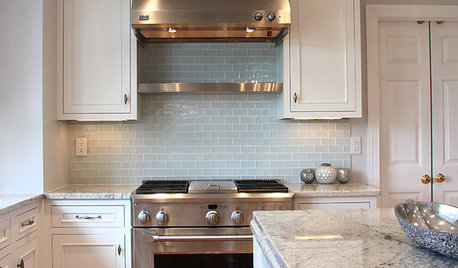
KITCHEN DESIGN5 Favorite Granites for Gorgeous Kitchen Countertops
See granite types from white to black in action, and learn which cabinet finishes and fixture materials pair best with each
Full Story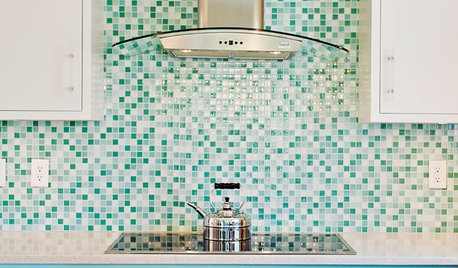
KITCHEN DESIGN9 Popular Stovetop Options — Plus Tips for Choosing the Right One
Pick a stovetop that fits your lifestyle and your kitchen style with this mini guide that covers all the basics
Full Story
MOST POPULAR15 Remodeling ‘Uh-Oh’ Moments to Learn From
The road to successful design is paved with disaster stories. What’s yours?
Full Story






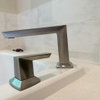
Dayspring Construction - Kitchen and Baths
lazypup
Related Professionals
Hillcrest Heights Handyman · North New Hyde Park Handyman · Beach Park Kitchen & Bathroom Remodelers · 20781 Kitchen & Bathroom Remodelers · 93927 Kitchen & Bathroom Remodelers · Honolulu Kitchen & Bathroom Remodelers · Jefferson Hills Kitchen & Bathroom Remodelers · Linton Hall Kitchen & Bathroom Remodelers · Rochester Kitchen & Bathroom Remodelers · Roselle Kitchen & Bathroom Remodelers · Southampton Kitchen & Bathroom Remodelers · Terrell Kitchen & Bathroom Remodelers · Tulsa Kitchen & Bathroom Remodelers · West Palm Beach Kitchen & Bathroom Remodelers · Ojus Kitchen & Bath Fixturesbrickeyee
mclemensOriginal Author
lazypup
brickeyee
mclemensOriginal Author
mclemensOriginal Author
User
lazypup
mclemensOriginal Author